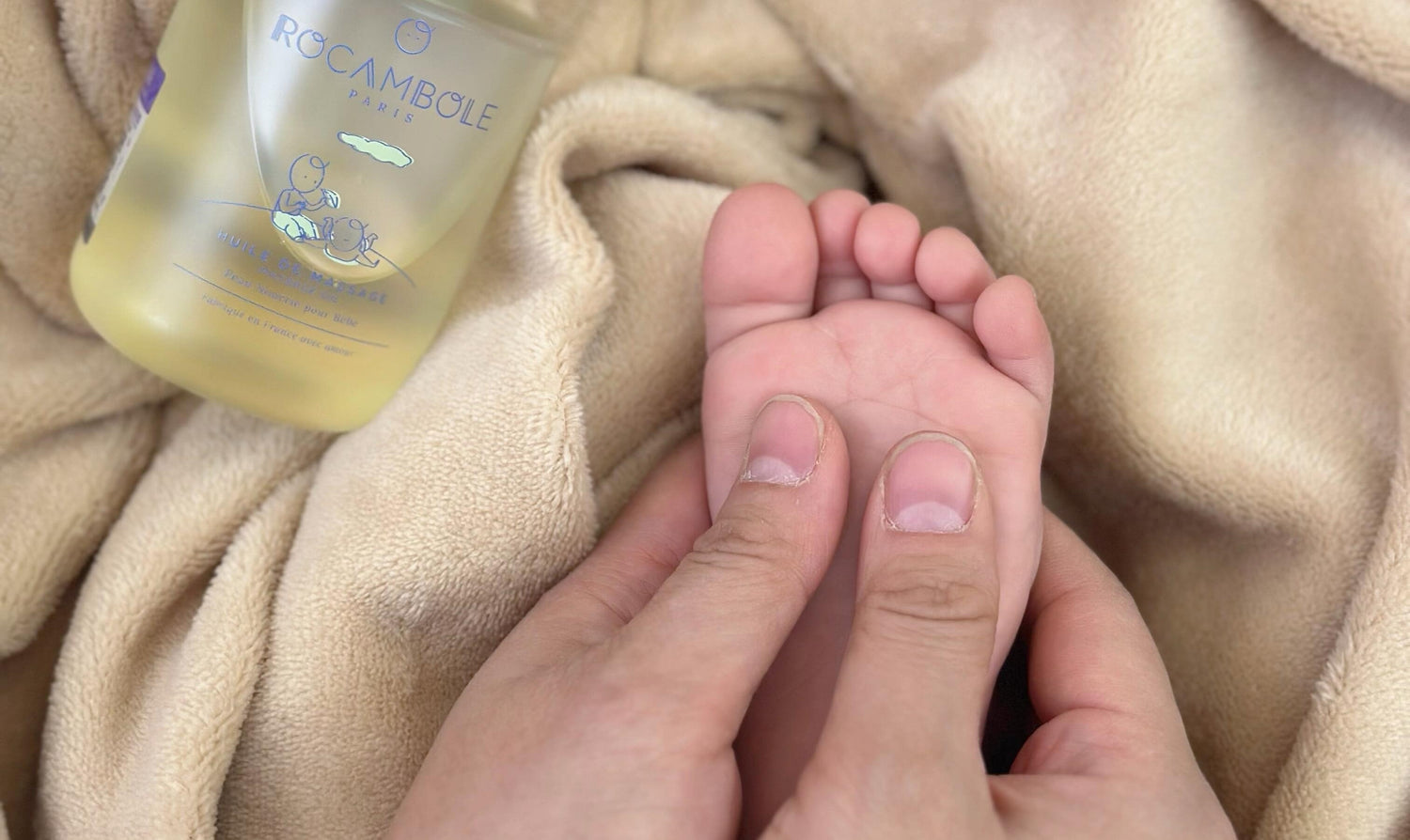How to Hold a Baby Properly: A Practical Guide for New Parents
It's completely understandable to feel anxious about how to hold a baby. After all, babies are tiny and fragile. If you didn’t have younger siblings, or if you're the first in your circle of friends to have a baby, you may not have had the chance to practice until it's time to hold your own little bundle of joy.
This anxiety comes from a genuine desire to protect your child, and there's nothing embarrassing about it. When it comes to your baby’s safety, there are no silly questions. The fact is, there are right ways and wrong ways to hold a baby.
Of course, you want to hold your baby. And babies, especially newborns, want to be held! So let’s go over what you need to know about how to hold a baby properly so that both you and your little one can feel safe and secure.
Understanding Baby Physiology
To ensure you're picking up and holding your baby correctly, you need to understand a few things about baby bodies.
Babies aren't as fragile as they may seem, but there are two key physiological factors to consider when thinking about how to hold a baby.
-
Weak head and neck muscles
Babies have extremely weak head and neck muscles during the first few months of life. In fact, newborns can’t support their own heads. This means it's essential to support your baby’s head and neck at all times when picking them up or holding them. Your goal should be to avoid letting their head flop or slump. -
The Moro reflex
The Moro reflex, sometimes called the “startle” reflex, occurs when your baby’s head position suddenly changes or their head falls backward. They will quickly extend their arms and neck, then relax and curl back in. This reflex is normal and doesn’t harm the baby, but it’s best to avoid startling your little one, especially when you're trying to rock them to sleep.
How to Pick Up a Baby Correctly
Learning how to hold a baby properly starts with learning the right way to pick them up.
- Support the head and neck: Slide one hand under your baby’s head and neck, being careful not to put pressure on the fontanelles (soft spots on the skull where the plates haven't fused yet).
- Support the bottom: Place your other hand under the baby’s bottom. Be sure to lift them smoothly and securely, avoiding any pulling on their arms.
- Use your legs: If you have back issues, remember to bend your knees and lift with your legs instead of bending over.
How to Hold a Baby: Positions
-
Cradle Hold
This is one of the most common and comfortable ways to hold a baby, especially a newborn. Your baby fits into the crook of your arm, with their head resting between your arm and chest, and their legs extending over your non-dominant hand. -
Shoulder Hold
In this position, bring your baby’s body upright, parallel to yours. Rest them on your chest and shoulder, supporting their head and neck with one hand and their bottom with the other hand. -
Belly Hold
Sometimes called the “tiger in a tree” or “colic carry,” let your baby lie with their stomach along your forearm, head over your elbow. This is a great position for calming a gassy baby, as you can massage their back to help release trapped gas. -
Face-to-Face Hold
In this position, your baby is slightly reclined, facing you, with their lower body supported against your torso just below the chest. This position is great for interacting with your baby while they are awake. -
Chair Hold
When your baby is around three months old and starting to get curious about their surroundings, you can try the “chair” position, where your baby sits on one of your hands or in your lap, leaning slightly back against your chest.
Additional Tips for Holding Your Baby Safely
- Never lift a baby by the arms: Never lift your baby by their arms, as this puts too much stress on their joints and doesn’t properly support their head and neck.
- Always use two hands: You should never try to hold your baby with just one hand, especially when you're doing other tasks like drinking a hot beverage or cooking.
- Be cautious with stairs: Always make sure your baby is securely held before going up or down stairs.
Cherish Those Precious Moments
It’s natural to be nervous at first, but with practice and an understanding of baby physiology, you’ll become more confident. Your arms will soon become the safest place for your baby. Don’t forget to cherish these precious moments.
References:
- "Understanding Infant Physiology and Safe Handling," Journal of Pediatric Nursing.
- "Moro Reflex and Its Role in Infant Development," Neonatal and Pediatric Research Review.
- "Best Practices in Infant Care: Supporting Head and Neck Strength," Pediatric Healthcare Guidelines.
- "Techniques for Lifting and Holding Newborns," Parenting Journal.



